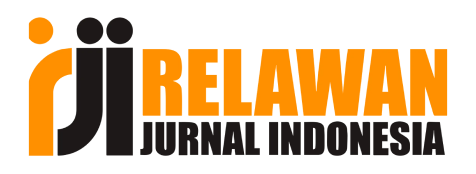| Moderatio: Jurnal Moderasi Beragama |
| E-ISSN 2798-0731 |
| P-ISSN 2797-5096 |
| :: People :: |
| Editorial Team |
| Reviewers |
| Contact |
| :: Policies :: |
| Focus and Scope |
| Peer Review Process |
| Publication Frequency |
| Open Access Policy |
| Publication Ethics Statement |
| Screening for Plagiarism |
| Withdrawal of Manuscript |
| Correction and Retraction |
| Article Processing Charge |
| Archiving Policy |
| Indexing and Abstracting |
| :: Submission :: |
| Author Guidelines |
| Copyright Notice |
| Privacy Statement |
| Manuscript Template |
| Call For Reviewer/Editor |








